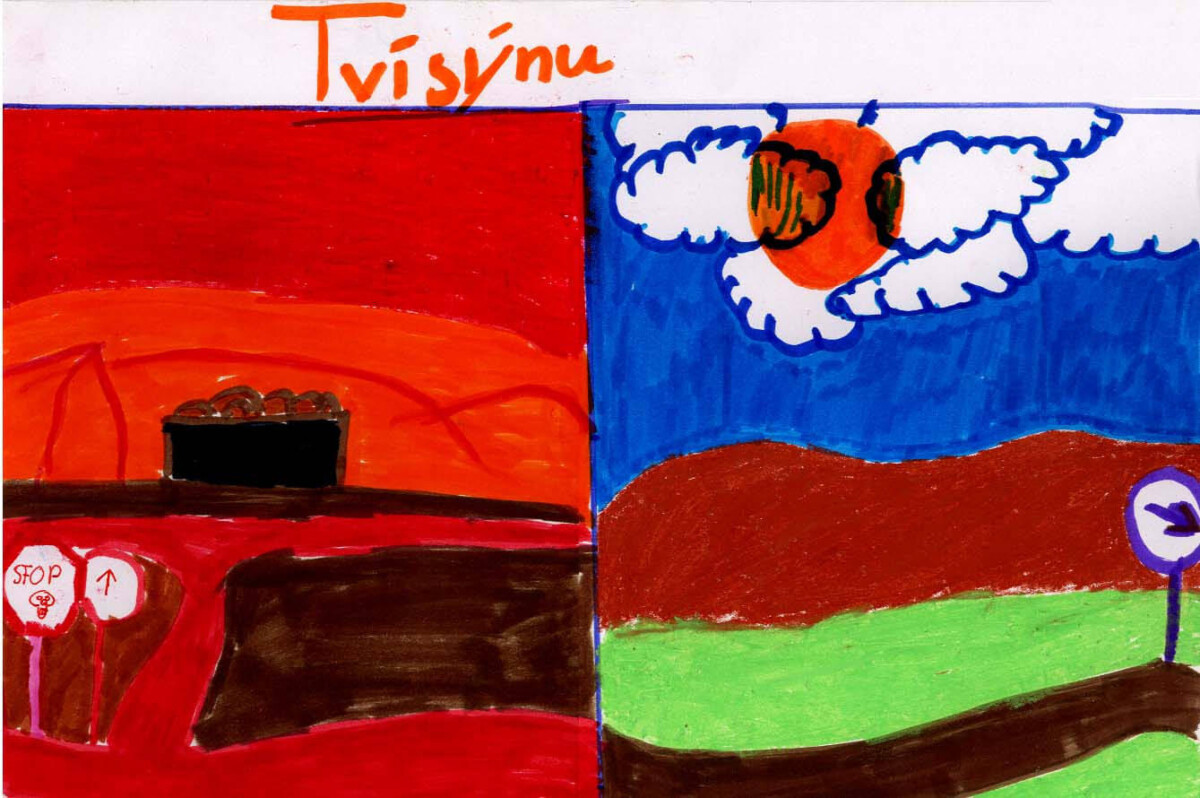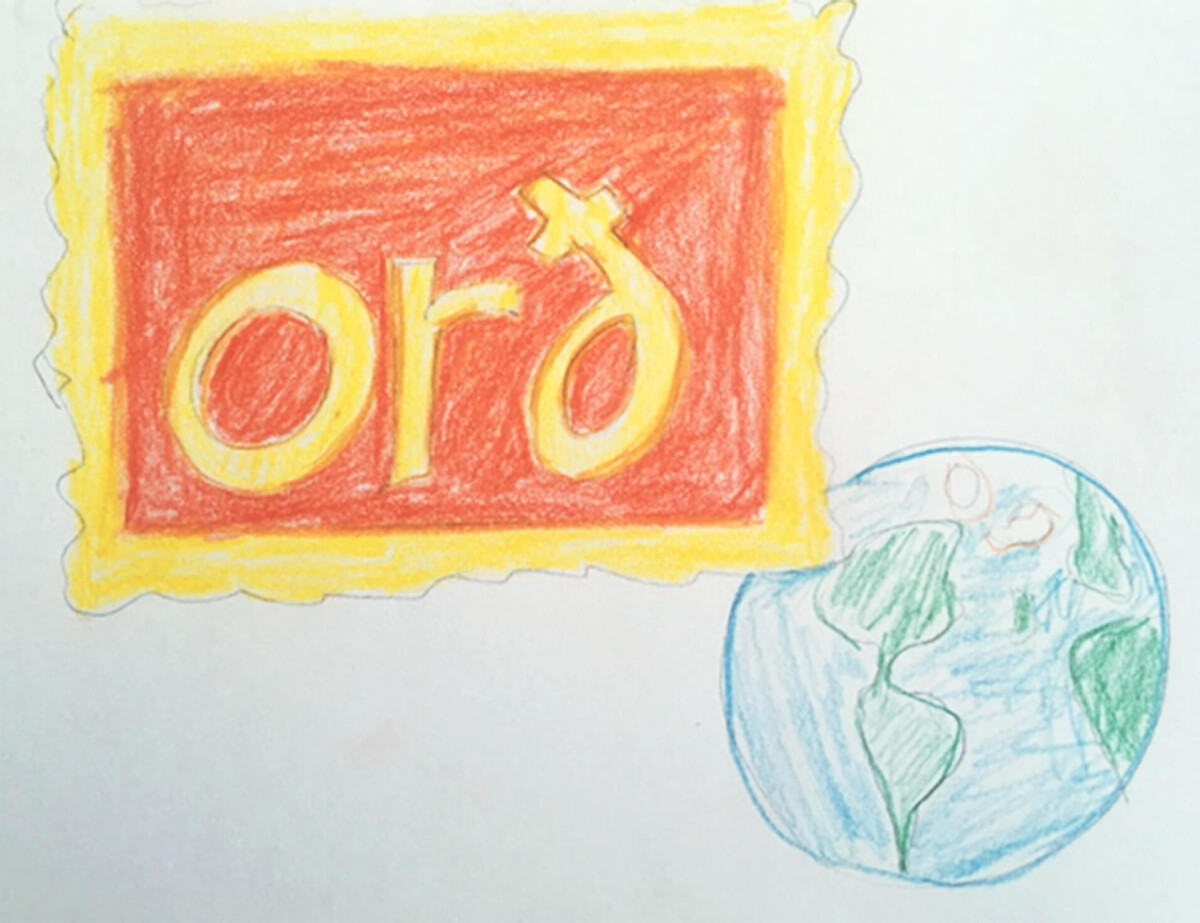
The course offers participants insight into the basic theories and methods of art therapy by means of lectures, reading, written assignments, discussions and workshops, where participants experience the creative process and the possibilities it offers. Knowledge of one’s own artistic imagery increases self-awareness and the ability to help individuals in need. A number of ways of creating artwork will be introduced in the course, with the aim of increasing creativity, strengthening identity, fostering communication, increasing self-awareness and facilitating well-being. Ways in which art therapy can be implemented in educational contexts will also be introduced in the course.
The concept of “writing-images”, which refers to the process of drawing images of letters and numbers, will be reviewed in the course. The “writing-image stage”, which describes a phase when children experiment with drawing writing-images, will be introduced. Methods of drawing writing-images with the aim of restoring, strengthening and preserving an educational base will be presented at the course.
The course is intended for those who are interested in art therapy, such as individuals who would like to study and work with art therapy on a professional level. The course is also useful for professionals who seek to expand their understanding of their own and their clients’ art making with the aim of facilitating well-being and self-awareness. The course is well suited for individuals who work within the educational system. Prior knowledge is required, for example attendance at the course Art Therapy in Education I.
The course is held for example at the Art Education Department at the Iceland University of the Arts. For further information please contact us via email: unnur@unnurarttherapy.is or contact the Art Education Department at the Iceland University of the Arts.

The course offers participants insight into the basic theories and methods of art therapy by means of lectures, reading, written assignments, discussions and workshops, where participants experience the creative process and the possibilities it offers. The course presents a number of ways of art making that increase creativity, strengthen identity, foster communication, increase self-awareness and facilitate well-being. Knowledge of one’s own art-making increases self-awareness and provides ability to help individuals in need. Ways in which art therapy can be implemented in educational contexts will be introduced in the course. No prior knowledge or experience of art is required to participate.
The course is intended for those who are interested in art therapy, such as individuals who would like to study and work with art therapy on a professional level. The course is also useful for professionals who seek to expand their understanding of their own and their clients’/students’ art making, with the aim of facilitating well-being and personal development. The course is well suited for individuals who work within an educational context.
The course is held for example at the Art Education Department at the Iceland University of the Arts. For further information please contact us via email: unnur@unnurarttherapy.is or via the Art Education Department at the Iceland University of the Arts.